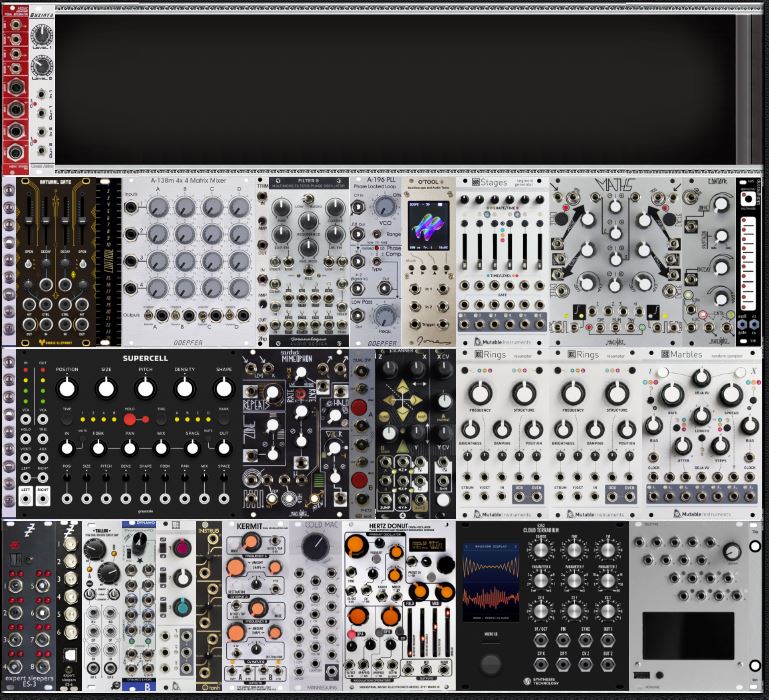Last night I recorded my first “real” song with the new setup, and it went mostly smoothly. In fact… my goals during the mastering stage are -1db true peak and -14dB integrated LUFS, and look at where this one landed:

I think this is mostly coincidence, but it’s a good sign. Usually I add several stages of compression with manually drawn curves, followed by maybe Presswerk and a few rounds of adjustment. This time it was just Bitwig’s peak limiter when recording, and a very light touch of it again when rendering.
I could streamline away the extra step of recording and then rendering, but it’s an opportunity to do some of my processing and automation right there in Bitwig before moving to Sound Forge.
Sound Forge Pro 13 only lets you scan 3 locations for plugins — and that’s supposed to cover VST3, VST2 64- and 32-bit, I guess? But VST installation is not well standardized and there are a few important bits not in line, like NI Transient Master. I’m going to have to shuffle some stuff.
This was also my first recording with Mimeophon and Via Scanner. Mimeophon is an excellent delay, but as a sound source in its own right it’s amazing too. The “flip” input, which toggles the direction of delay playback, can be modulated at audio rates for some incredible textures.
Scanner is complex and unconventional, but once you grasp a couple of important things, it’s not hard to use as an audio waveshaper. (Its affect on CV signals is going to take me some time to work out with a scope.) It can sound like a traditional wavefolder, Plaits’ waveshaping model, or more like a wavetable oscillator. It can also get glitchy and weird when you start self-patching its logic outputs.
The thing about wavefolders is that their tone depends on the gain of the input — the stronger the signal, the more it folds over on itself and gains extra harmonics. So they tend to have a big gain boost at the input, controlled by a VCA. Scanner has two output VCAs (bipolar, in parallel and mixed) to allow for some other tricks, but no voltage control over the input… so it calls for a separate VCA. But I don’t need Origami anymore, and Cold Mac fits into that space… it can be my input VCA or a crossfader or compressor or a lot of other things.
And with that, I have my “final” setup for Synth Farm 3.1.

